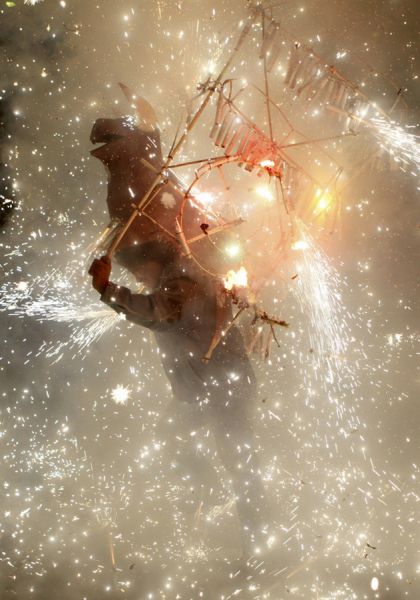1.

nanako 14 year s ago
n his book "Living Birds of the World" from 1958, Ornithologist Thomas E. Gilliard wrote;
"The inner or second of the three toes is fitted with a long, straight, murderous nail which can sever an arm or eviscerate an abdomen with ease. There are many records of natives being killed by this bird."[17]
However, Gilliard did not include any such records or any references for them, and although this assessment of the danger posed by cassowaries has been repeated in print by authors including Gregory S. Paul (1988)[18] and Jared Diamond (1997),[19] recent research on hundreds of cassowary attacks has only been able to find one human death. A 2003 study of attacks by the Southern Cassowary in Queensland found no wounds larger than punctures about 1.5 cm in diameter.[20] Of 221 attacks studied, 150 were against humans. 75% of these were from cassowaries that had been fed by people. 71% of the time the bird chased or charged the victim. 15% of the time they kicked. Of the attacks, 73% involved the birds expecting or snatching food, 5% involved defending natural food sources, 15% involved defending themselves from attack, 7% involved defending their chicks or eggs. Of all 150 attacks there was only one human death.[21]
"The inner or second of the three toes is fitted with a long, straight, murderous nail which can sever an arm or eviscerate an abdomen with ease. There are many records of natives being killed by this bird."[17]
However, Gilliard did not include any such records or any references for them, and although this assessment of the danger posed by cassowaries has been repeated in print by authors including Gregory S. Paul (1988)[18] and Jared Diamond (1997),[19] recent research on hundreds of cassowary attacks has only been able to find one human death. A 2003 study of attacks by the Southern Cassowary in Queensland found no wounds larger than punctures about 1.5 cm in diameter.[20] Of 221 attacks studied, 150 were against humans. 75% of these were from cassowaries that had been fed by people. 71% of the time the bird chased or charged the victim. 15% of the time they kicked. Of the attacks, 73% involved the birds expecting or snatching food, 5% involved defending natural food sources, 15% involved defending themselves from attack, 7% involved defending their chicks or eggs. Of all 150 attacks there was only one human death.[21]




"The inner or second of the three toes is fitted with a long, straight, murderous nail which can sever an arm or eviscerate an abdomen with ease. There are many records of natives being killed by this bird."[17]
However, Gilliard did not include any such records or any references for them, and although this assessment of the danger posed by cassowaries has been repeated in print by authors including Gregory S. Paul (1988)[18] and Jared Diamond (1997),[19] recent research on hundreds of cassowary attacks has only been able to find one human death. A 2003 study of attacks by the Southern Cassowary in Queensland found no wounds larger than punctures about 1.5 cm in diameter.[20] Of 221 attacks studied, 150 were against humans. 75% of these were from cassowaries that had been fed by people. 71% of the time the bird chased or charged the victim. 15% of the time they kicked. Of the attacks, 73% involved the birds expecting or snatching food, 5% involved defending natural food sources, 15% involved defending themselves from attack, 7% involved defending their chicks or eggs. Of all 150 attacks there was only one human death.[21]